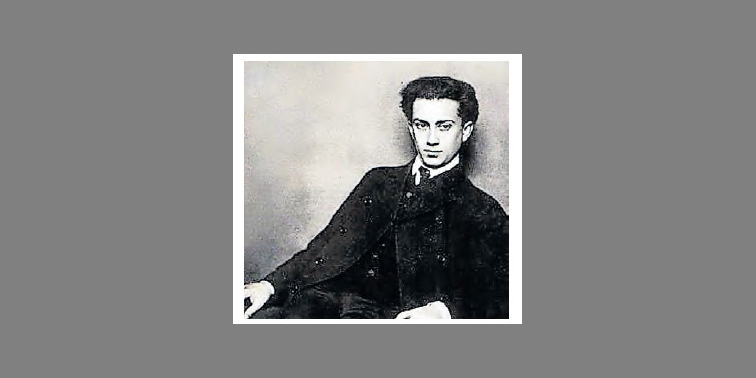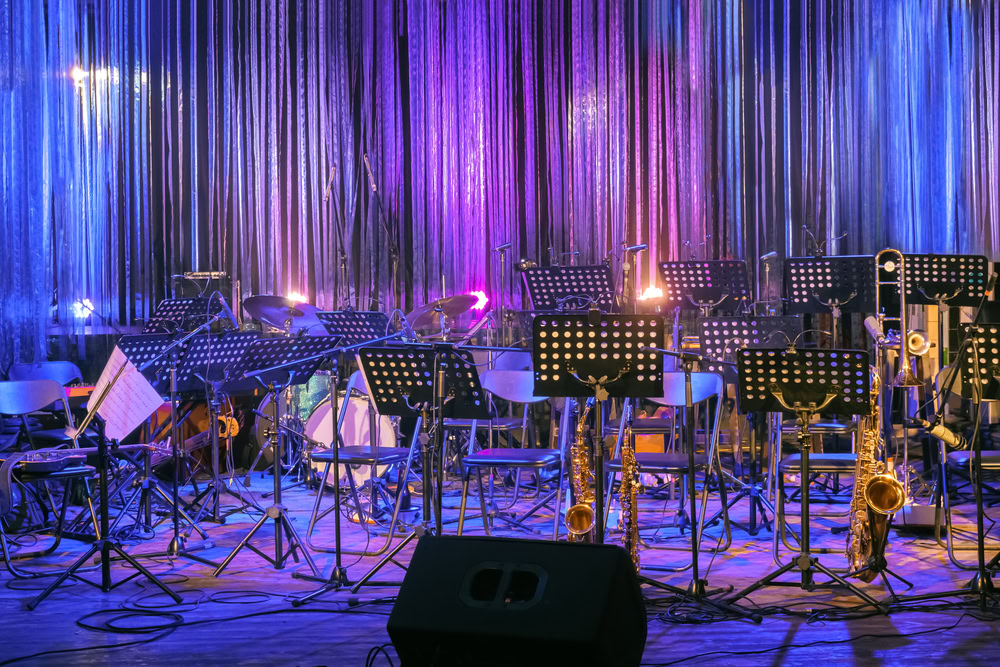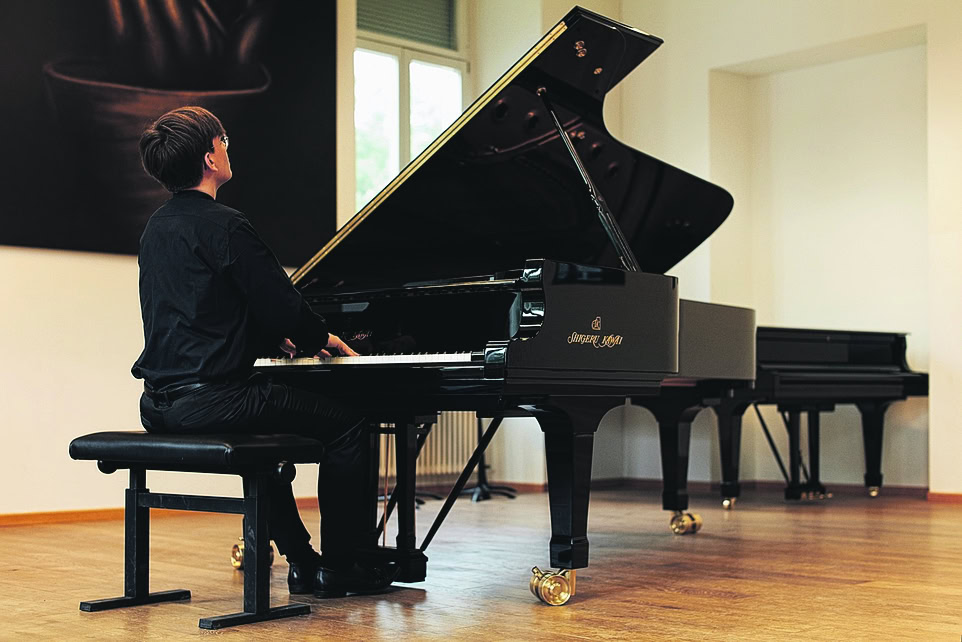Gottfried Galston
Little is known about the pianist Gottfried Galston. In her Master's thesis at the University of Bern, Florence Weber followed in his footsteps.

Their research results were published in the journal The chirping machine. Journal for international clover studies published. In this interview, she tells us who Gottfried Galston was and what he had to do with Paul Klee.
Florence Weber, who was Gottfried Galston?
Gottfried Galston (1879-1950) was a Viennese pianist with a Jewish background who received his musical training in various cities. He made his debut as a pianist at the age of 18, which was followed by an extensive career as a successful concert pianist. Galston was also active as a piano teacher and wove his pianistic views and playing recommendations into his study book, which was intended as a textbook for students.
Galston lived in various European cities with great cultural influence: Vienna, Leipzig, Berlin and Munich. These artistic centers were meeting places for musical exchange, intellectual discussions and artistic views. The Austrian concert pianist found himself right in the middle of it all and was able to build up a network of considerable size.
What was the connection between Galston and Paul Klee?
Galston and Paul Klee lived next door to each other in Munich: Galston had moved with his family to Ainmillerstrasse 29 in mid-January 1919, while Lily and Paul Klee had lived with their son Felix at Ainmillerstrasse 32 since the fall of 1906. The two artists spent around two and a half years next door to each other and developed a friendly relationship: They played music together and discussed issues of a musical, artistic and professional nature. This contact led to Klee taking over the godparenthood for Galston's daughter Flora Irina, born on February 20, 1920 (also known as Florina-Irene). Klee painted several works as gifts for his goddaughter. The series of paintings ended when the little girl died at the age of one.
What particularly fascinated you about this topic?
Gottfried Galston cannot be found in any of the standard musicological encyclopaedias - just like many other people in music history. Given the many musicians and artists in Galston's network who are still very well known today, this is astonishing: Lily and Paul Klee, Wassily Kandinsky, Alexej von Jawlensky, Arnold Schönberg, Carl Reinecke, Ferruccio Busoni, Anton Rubinstein and Theodor Leschetizky - to name just a few. The fact that these connections are not more prominently documented turned out to be a stroke of luck for me: I was able to reconstruct Galston's biography from the year of his birth in 1879 to his emigration to the USA in 1927 and his contacts in the form of my master's thesis. - The second half of Galston's life still needs to be illuminated.
How did you come to this topic?
For my research on Paul Klee and the interdisciplinary nature of the various arts, I read through the literature in the archive of the Zentrum Paul Klee in Bern. I came across Gottfried Galston and his connection to Paul Klee. During further research - including in the online archive of the Austrian National Library - I found several hundred newspaper articles, concert advertisements and reviews about Galston and his performances. This made it possible to establish Galston's whereabouts, concert tours and connections to other musicians and artists, and I was able to approach a detailed biography of Galston.








